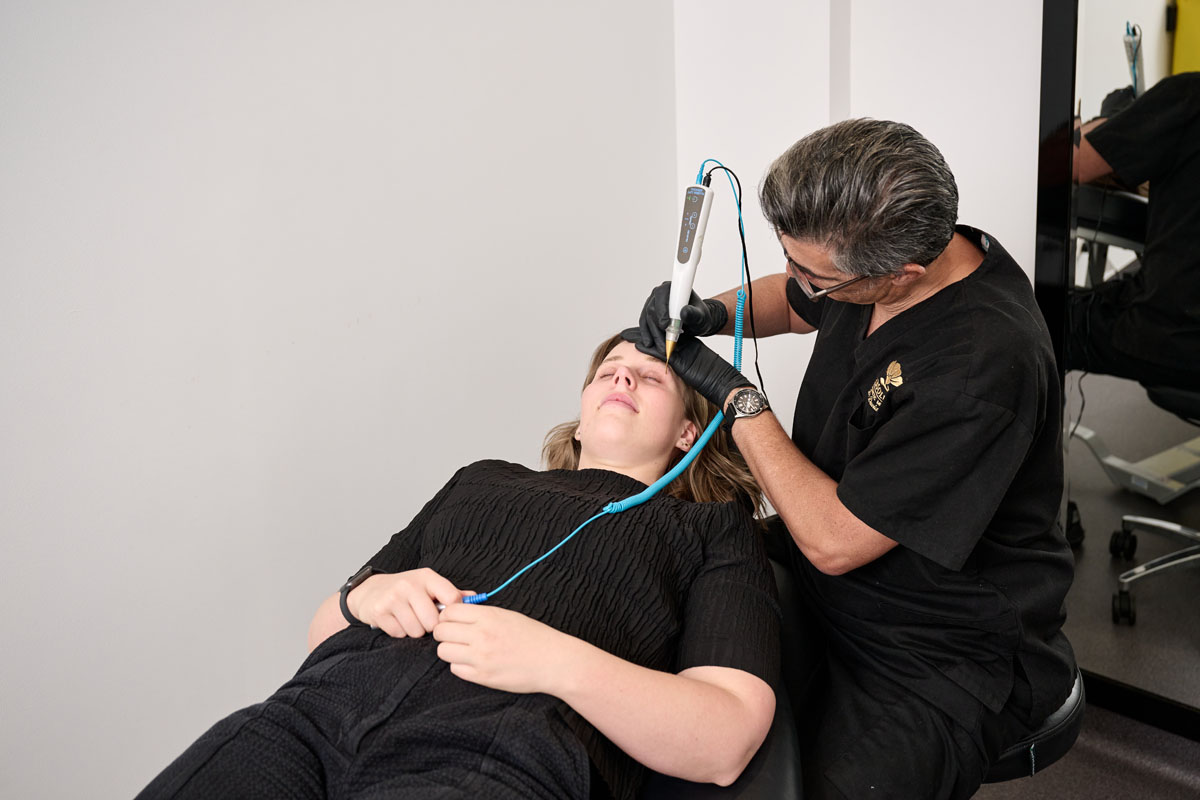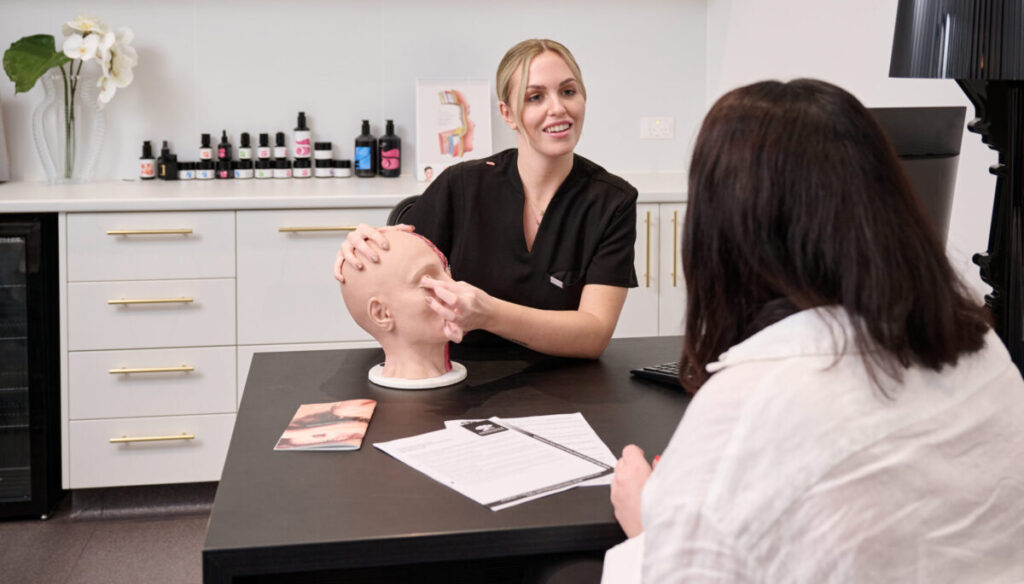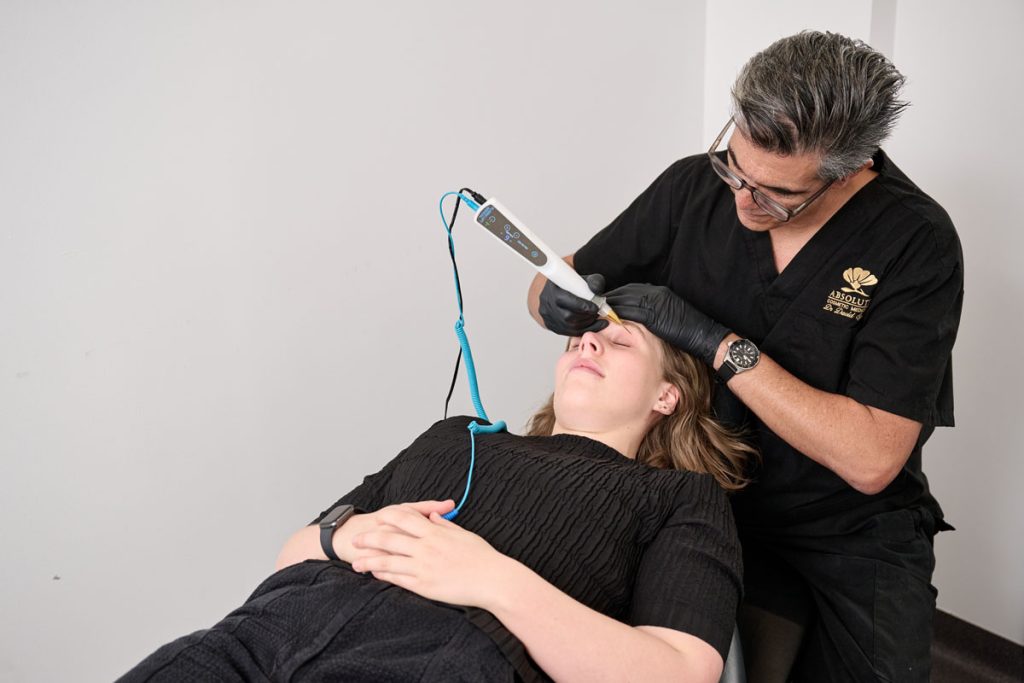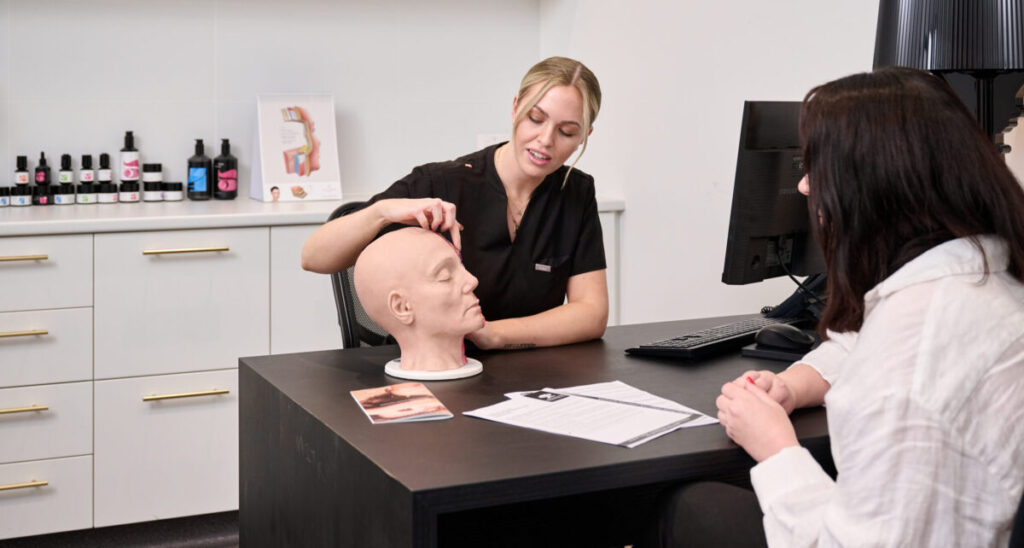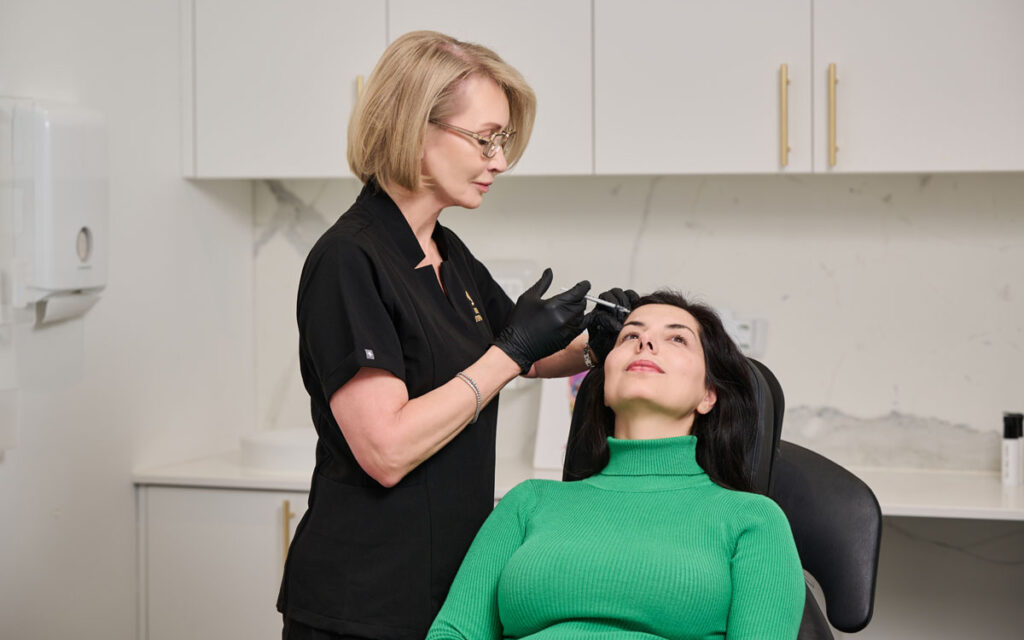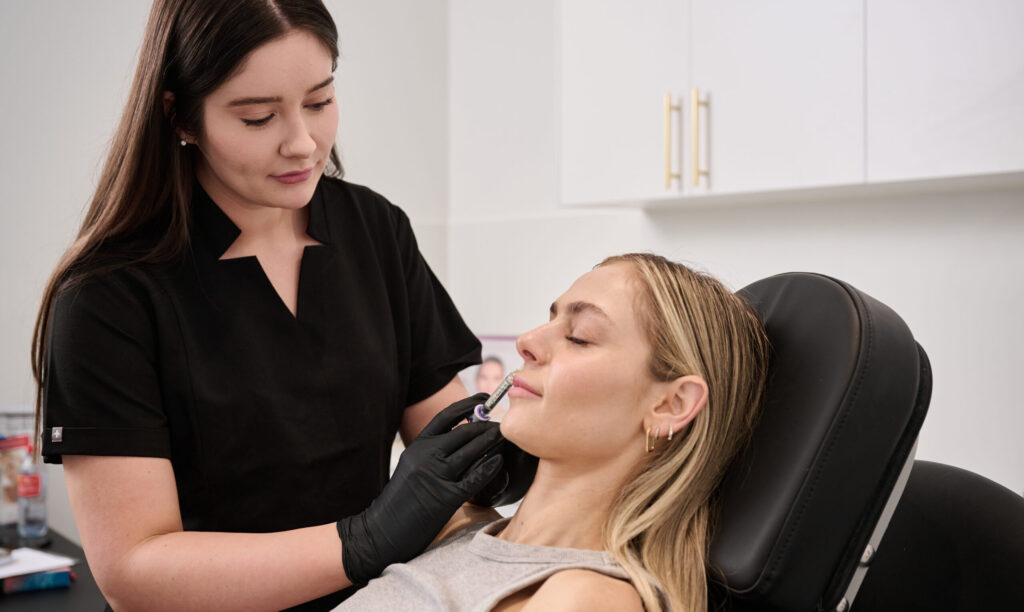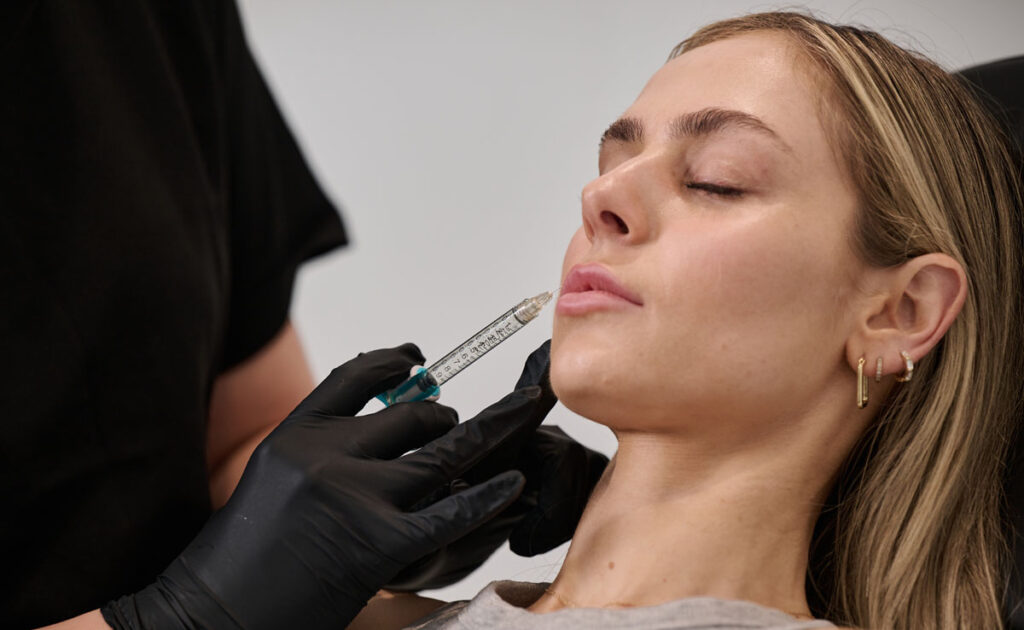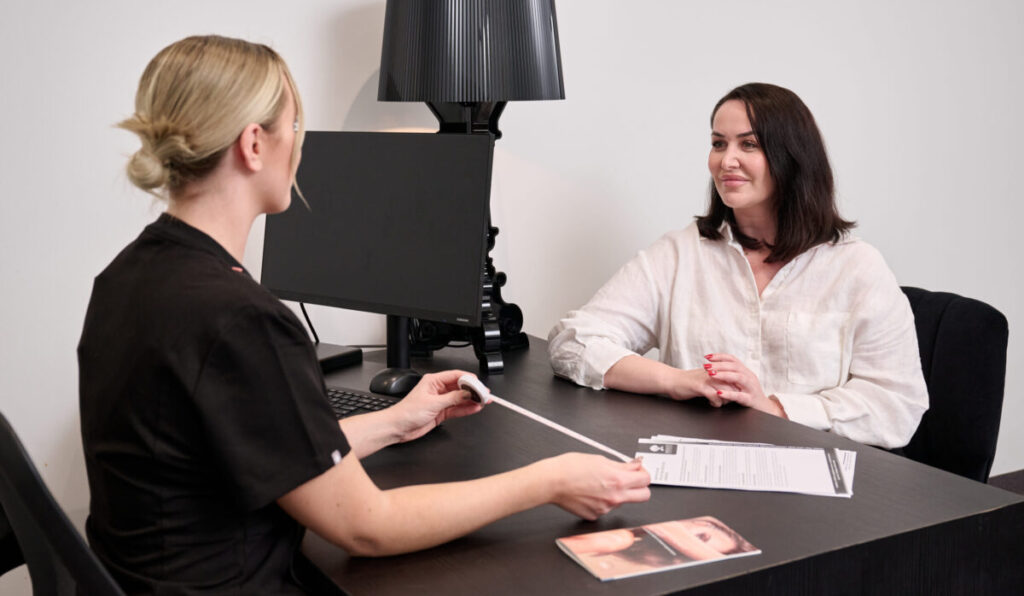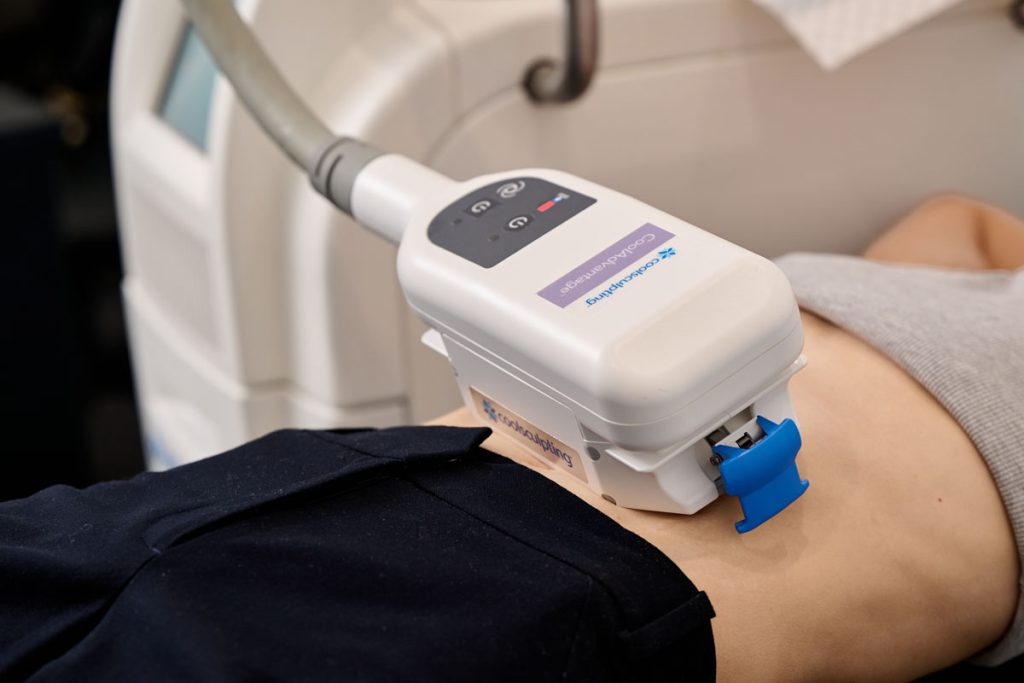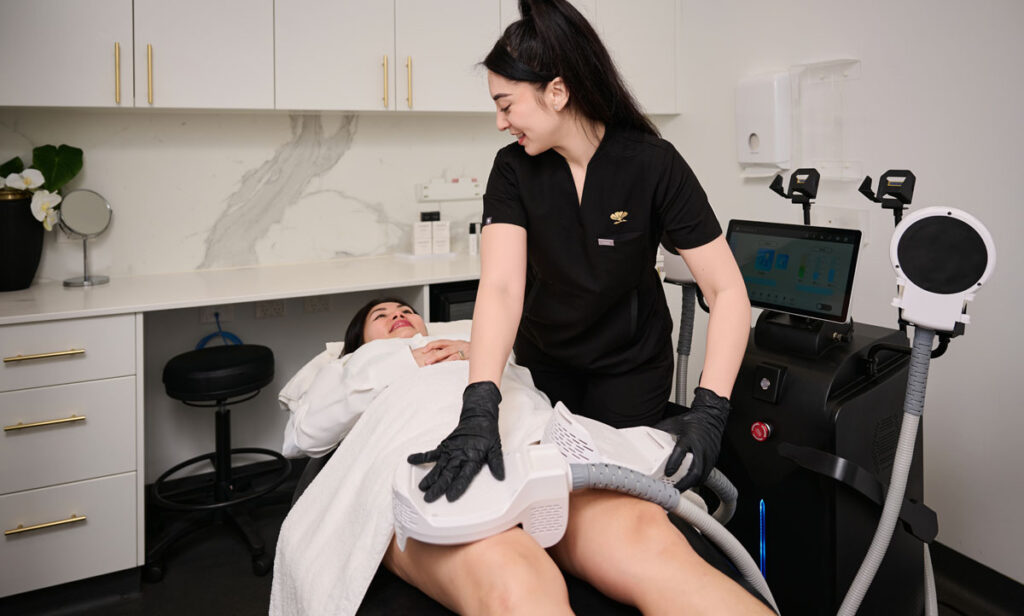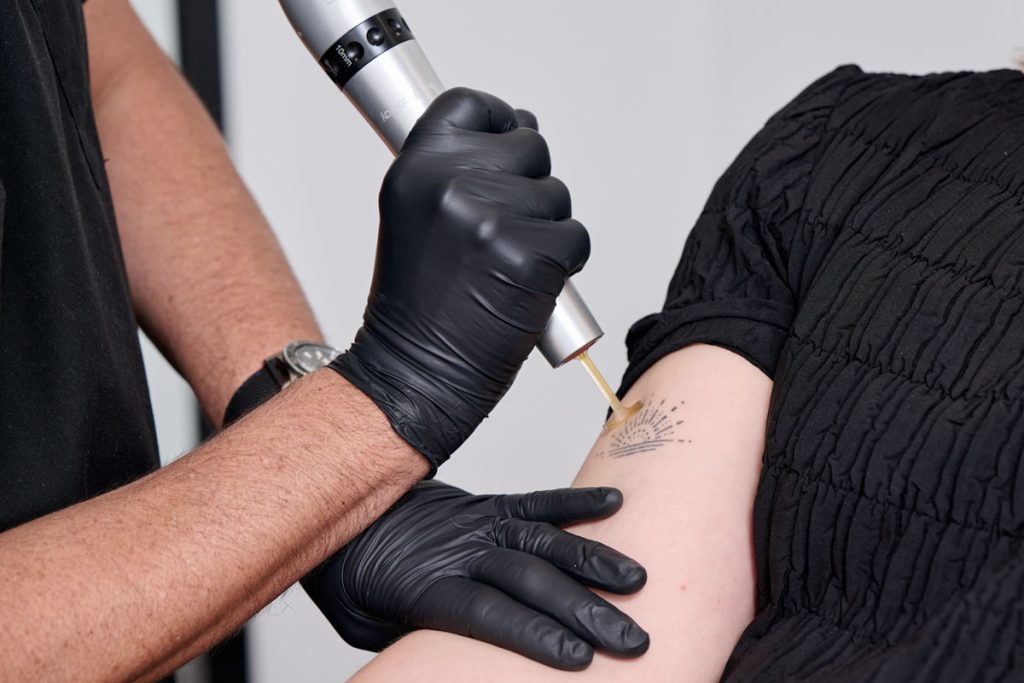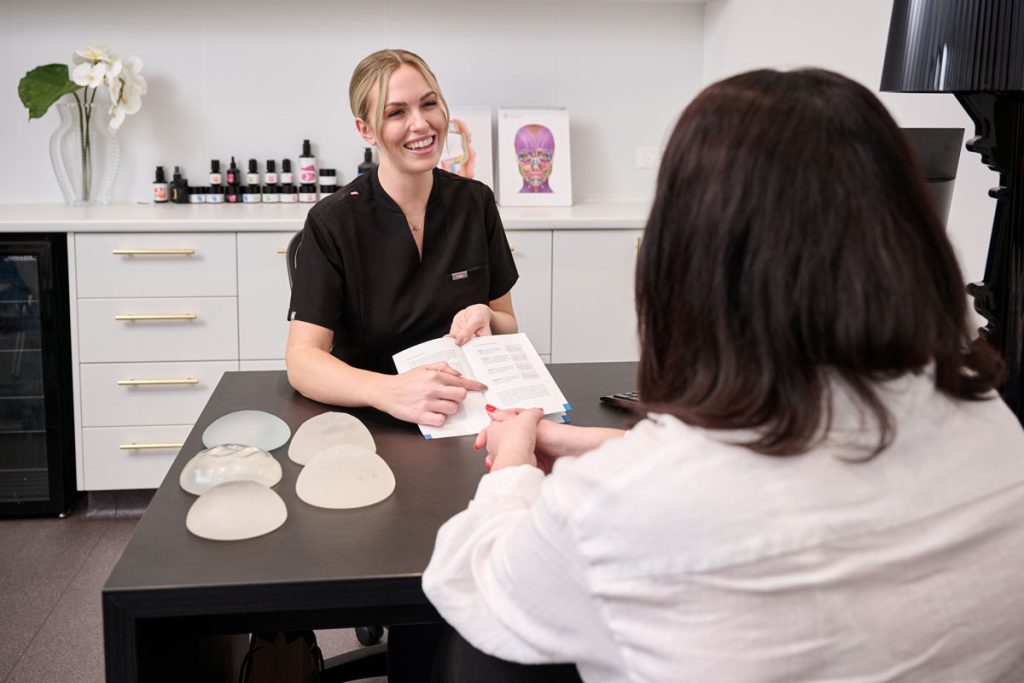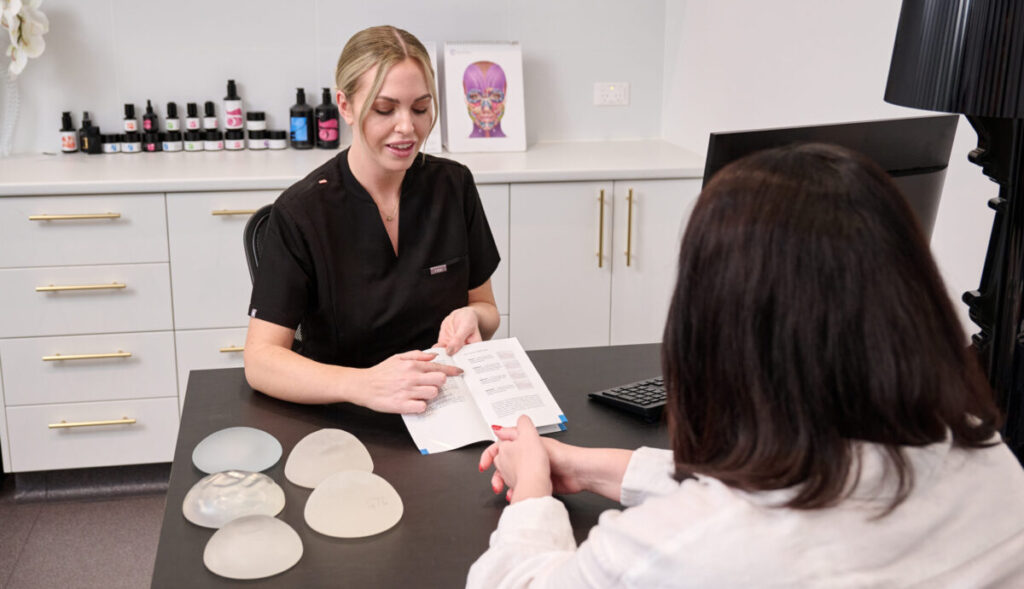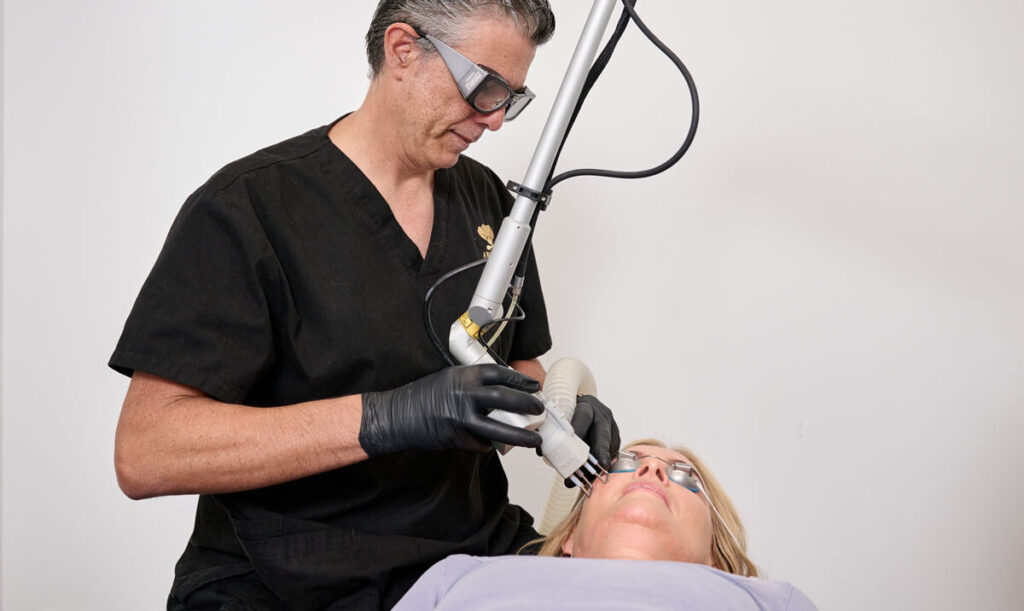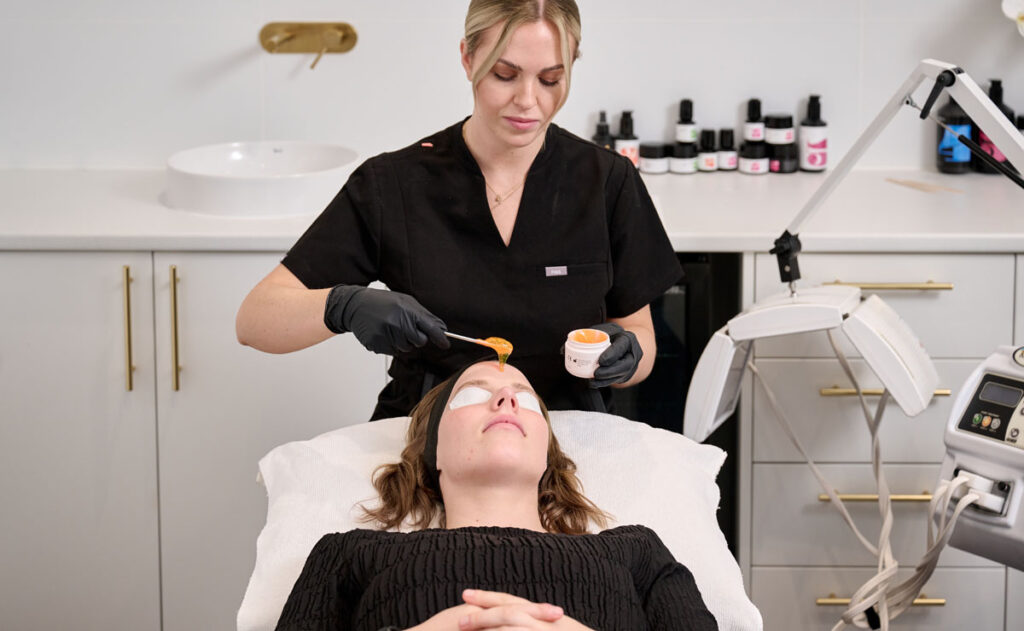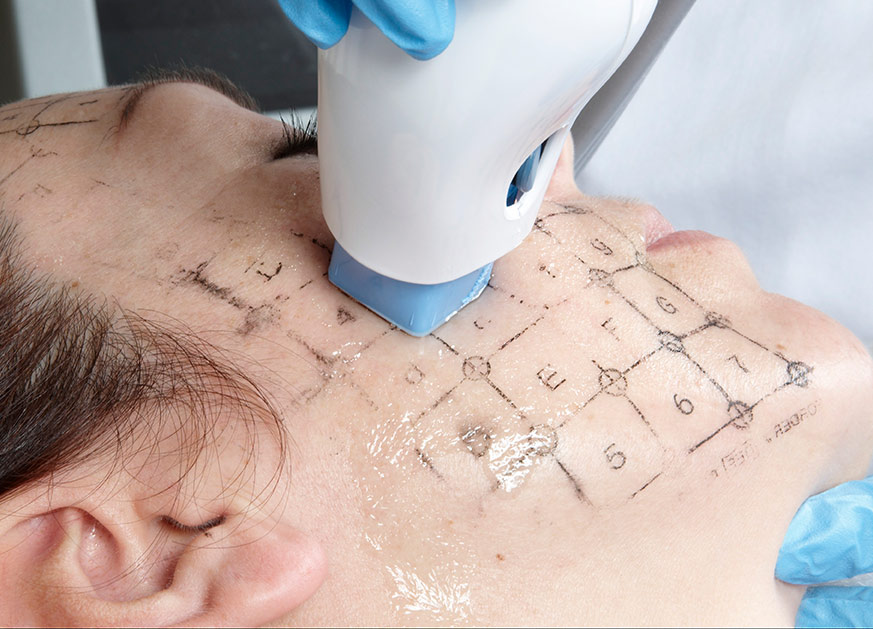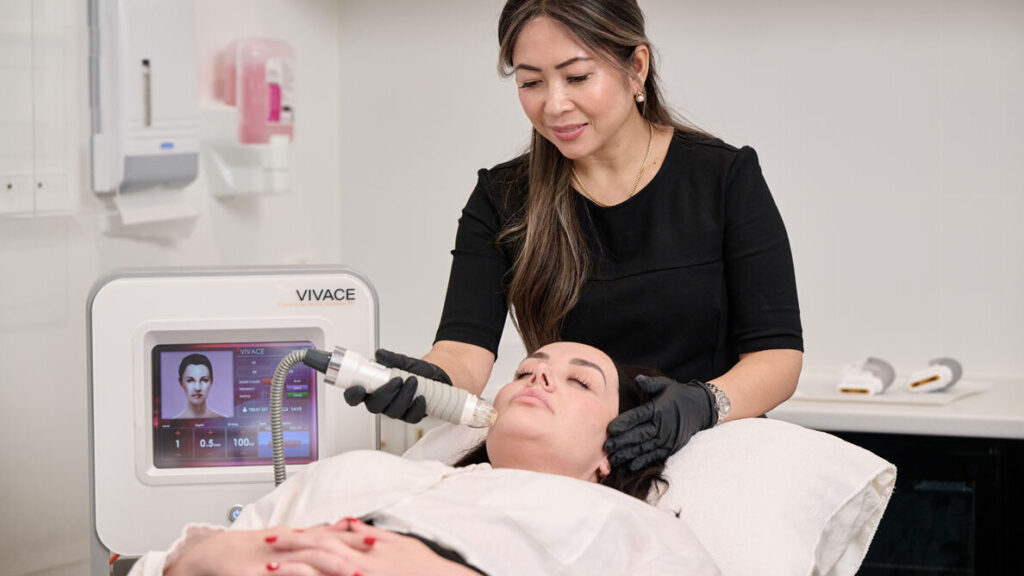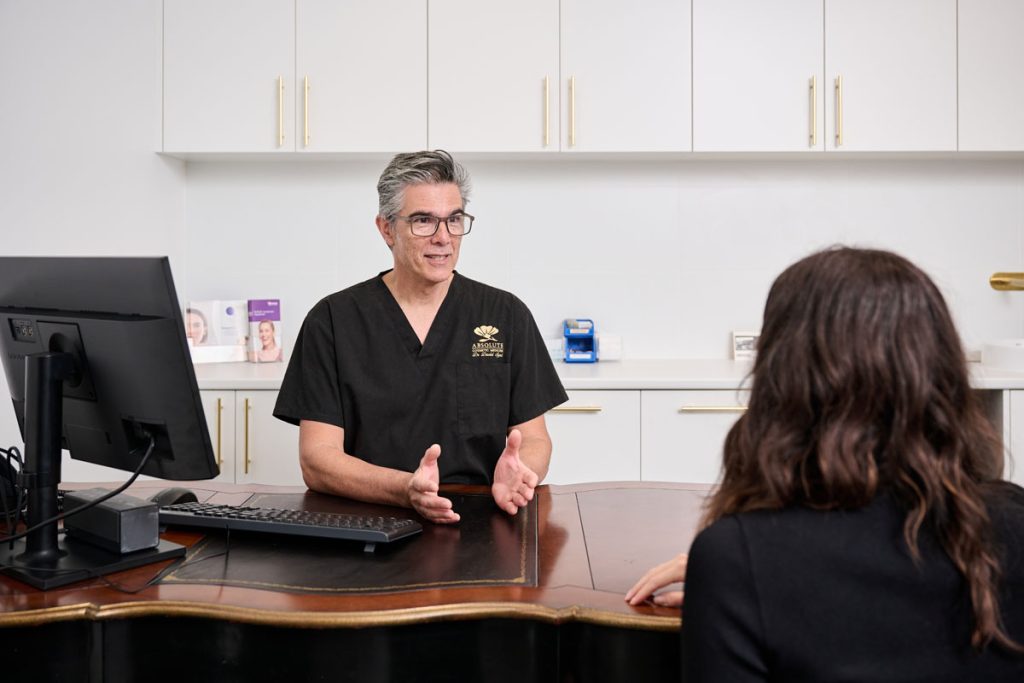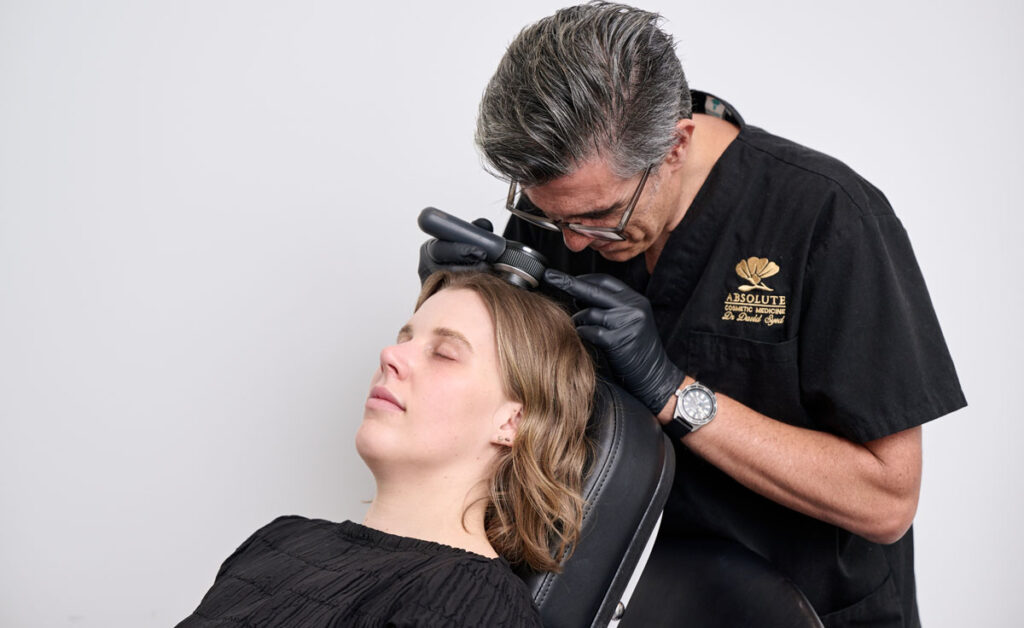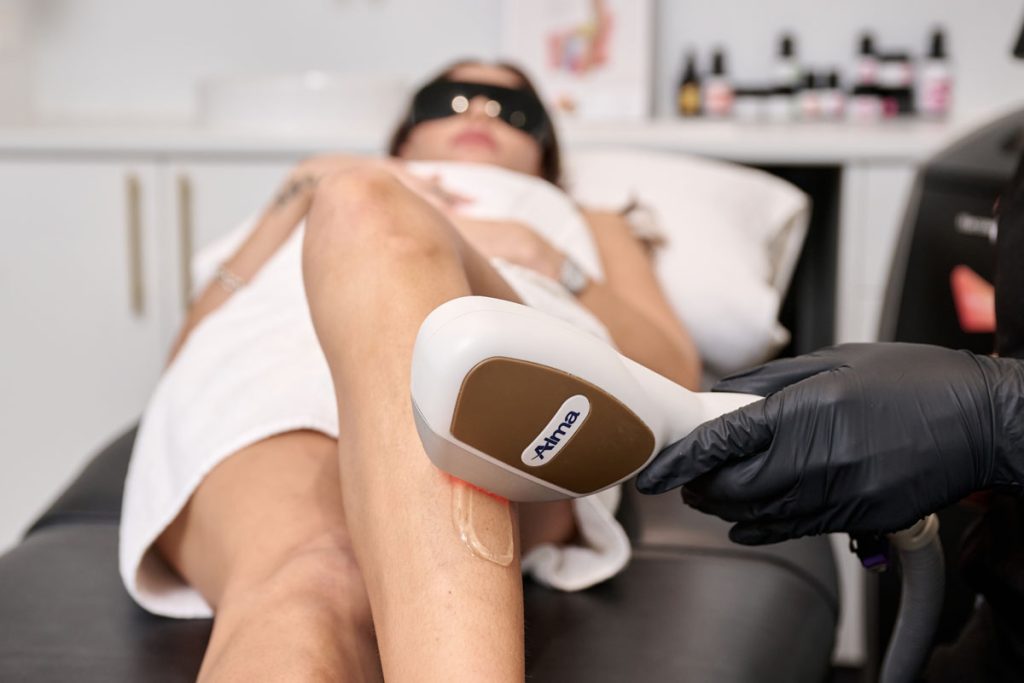Droopy eyelids, medically known as ptosis, is a common condition where the upper eyelids sag or droop over the eyes. This condition can affect one or both eyelids and may be present from birth or develop later in life. While it’s often a cosmetic concern, severe ptosis can also impair vision. Various factors, including ageing, genetics, and certain medical conditions, can contribute to droopy eyelids. Both surgical and non-surgical treatments are available to address this concern.
Droopy Eyelids (Ptosis)
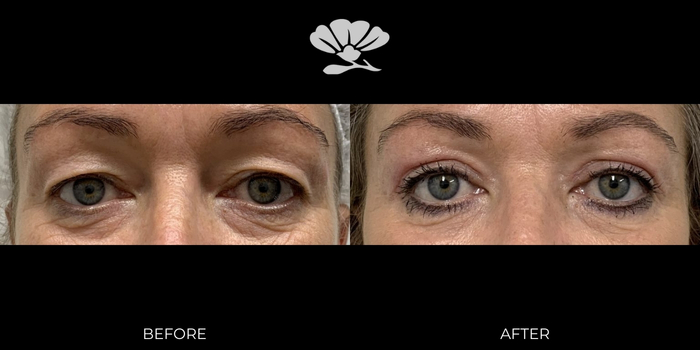
Upper Eyelid Reduction Surgery (Upper Blepharoplasty), 1 month post surgery.
Treatments we offer
Surgical Procedures for Droopy Eyelids
What Is It?
Eyelid surgery, or blepharoplasty, is a surgical procedure designed to correct droopy eyelids. It involves removing excess skin, fat, and muscle to tighten the eyelid area.
Who Is It For?
This procedure is for patients with significant sagging, in some cases, that impairs vision or those seeking a long-term cosmetic solution.
Process
The surgery is typically performed under local anesthesia or sedation and may take one to two hours. During this procedure, precise incisions are made along the eyelid’s natural lines, through which excess tissue is removed or repositioned.
Expected Results
Patients can expect a more alert appearance, with less eyelid drooping. The results are often long-lasting but do not halt the ageing process.
What to Expect
Post-surgery, some swelling and bruising are normal and generally subside within a week or two. Full recovery may take several weeks, during which strenuous activities should be avoided.
*It’s important to recognise that any cosmetic surgical or invasive procedure comes with inherent risks and the possibility of complications. Therefore, before moving forward, we strongly recommend that you allocate time for thorough research, self-education, and consider seeking a second opinion from a qualified practitioner to make an informed decision. Please see our individual treatment pages for further information regarding any associated risks and complications.
Non-Surgical Procedures for Droopy Eyelids
What Is It?
Non-surgical treatments, such as wrinkle relaxer injections, laser therapy or Jett Plasma, offer a less invasive option to treat mild to moderate eyelid drooping.
Who Is It For?
These procedures are best suited for individuals with less severe ptosis or those who prefer a less invasive approach.
Process
Treatments like wrinkle relaxers involve injections that relax muscles, lifting the eyelid. Laser therapy and Jett Plasma tightens eyelid skin without incisions.
Results
The results are usually more subtle compared to surgery and are temporary, typically lasting several months.
What to Expect
Non-surgical procedures usually have minimal downtime. Patients may experience mild discomfort, redness, or swelling, which typically resolves quickly.
Expected Results and Maintaining Results
Both surgical and non-surgical treatments aim to provide a more refreshed look by lifting the eyelids. While surgical results are more permanent, maintaining a healthy lifestyle and skincare routine can prolong the effects of both treatments. Regular follow-up appointments are recommended to monitor and maintain results.
Frequently Asked Questions
Most patients experience minimal discomfort, managed with prescribed pain relief.
Results vary but typically last from 3 months for wrinkle relaxer or longer for Laser and Jett Plasma.
While surgery offers long-term results, aging and other factors can cause recurrence. Non-surgical treatments require periodic repeat sessions.
With over 20 years of experience, you can rest assured that you are in safer hands with us. For more information on both surgical and non-surgical options for droopy eyelids and to assess which option is best for you, contact us to arrange an appointment.
Related Treatments
Book a Consultation
Book NowAny questions?
Dr. Glenn Murray (AHPRA Registration MED0001196978) Registered Medical Practitioner. General disclaimer: Patient outcomes can vary due to factors such as... genetics, diet, age, exercise, lifestyle, weight, and overall health. It’s essential to understand that all invasive surgeries come with inherent risks and require a recovery period and specific care regimen. Detailed information regarding surgical risks and complications is available here, but it is advisable to conduct thorough research and obtain a second opinion to ensure you are able to make an informed decision. Please note that the information provided is general in nature and does not constitute medical advice or establish a doctor-patient relationship. For real patient images, please visit our Before and After page. Please be advised that surgical outcomes vary, from patient to patient, and comprehensive research is crucial before making any decisions. This website contains imagery which is only suitable for audiences 18+.
